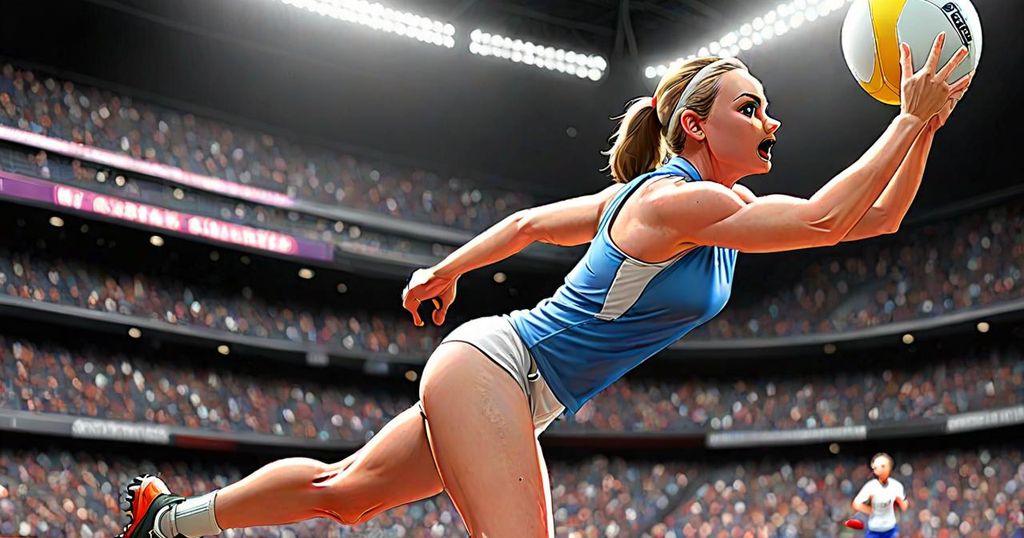The world of sports is experiencing a revolution, and at the forefront of this transformation are the incredible women athletes who are captivating audiences and breaking barriers. Deloitte’s bold prediction of elite women’s sports generating a staggering $1 billion in revenue by 2024 is a testament to the undeniable rise of women in sports. This forecast is becoming increasingly plausible as women’s sports continue to gain momentum and captivate the masses.
From the NCAA women’s basketball tournament stealing the spotlight from the men’s tournament to the highly-anticipated Disney miniseries celebrating the legendary Serena Williams, women’s sports have firmly secured their place in the limelight. The upcoming 2024 Olympic Games in Paris are set to etch their mark in history by achieving a 50-50 gender split between athletes for the first time ever.
Yet, despite these remarkable strides, women’s sports continue to face profound inequity when compared to men’s sports. The disparity in recognition and value is glaring, resulting in a loss of lucrative business opportunities. This is exemplified by the stark contrast in TV rights earnings between men’s and women’s NCAA tournaments, a glaring manifestation of the biases that harm both athletes and business prospects alike.
The recent Women’s Vert competition at the X Games exemplified the extraordinary talent and progress of women skateboarders, punctuated by awe-inspiring milestones such as Arisa Trew’s historic feat of becoming the first woman to land a 900 in competition and 9-year-old Mia Kretzer’s groundbreaking achievement as the youngest X Games gold medalist. These breathtaking moments powerfully underscore the untapped potential of women’s sports, raising the question of why it took so long for women to claim their rightful place in prestigious events.
The demand for women’s sports is palpable, with a hefty 73% of individuals expressing interest in watching women’s sports and 64% lamenting the insufficient coverage of it. Brands, too, are squandering an immense market opportunity, with 53% of respondents identifying a dearth of investment in women’s sports compared to men’s sports.
Moreover, research has revealed a robust appetite for women’s sports merchandise, as 79% of respondents have expressed a willingness to purchase more if a broader array of options were available. Regrettably, the availability of women’s sports merchandise pales in comparison to men’s, presenting a glaring gap for brands to fill and satisfy this avid demand.
With the overwhelming popularity of women’s sports, it is bewildering why more brands have not seized the opportunity to capitalize on this burgeoning market. The potential for profitability is glaringly evident, yet there remains a glaring lack of investment and support for women athletes. Nonetheless, there are glimmers of change, with a growing number of companies recognizing the value in collaborating with women athletes and sports teams.
It is imperative for brands and media to rise to the occasion and embrace the unprecedented rise of women’s sports. The exponential growth and potential of this market demand acknowledgment, and those who fail to invest in women’s sports risk squandering a game-changing opportunity. It is time to embrace the golden opportunity presented by the ascent of women’s sports and witness their indomitable rise to prominence.

Leave a Reply